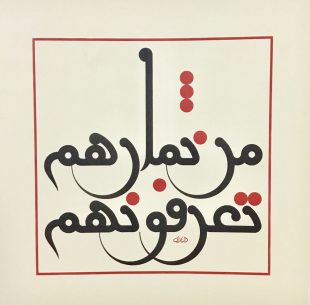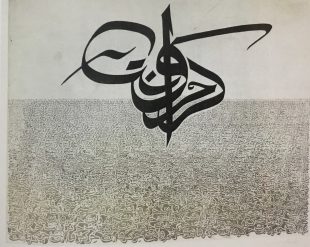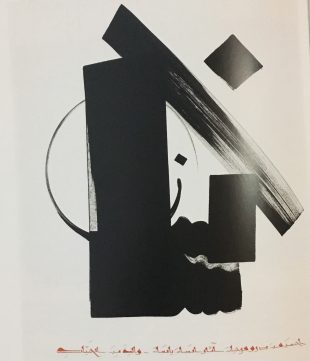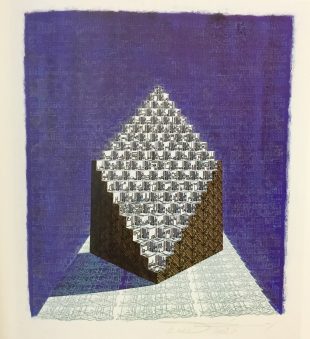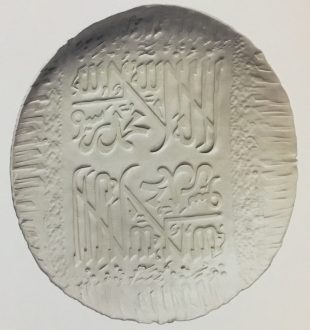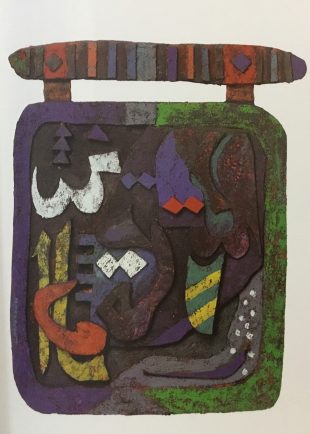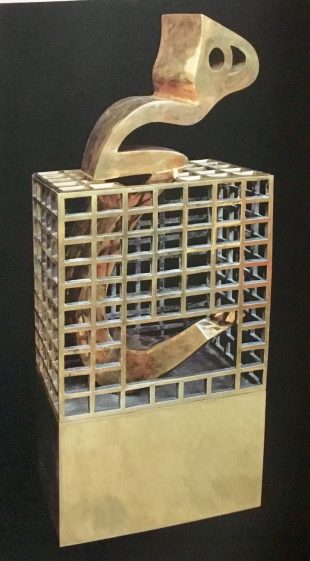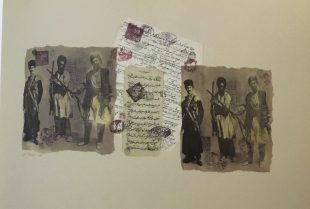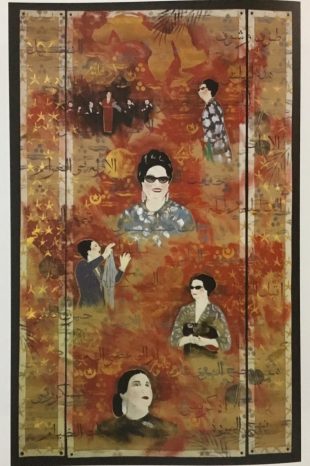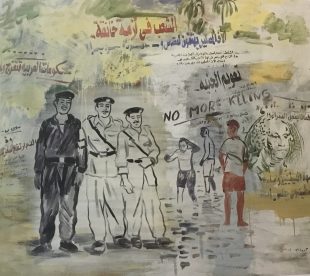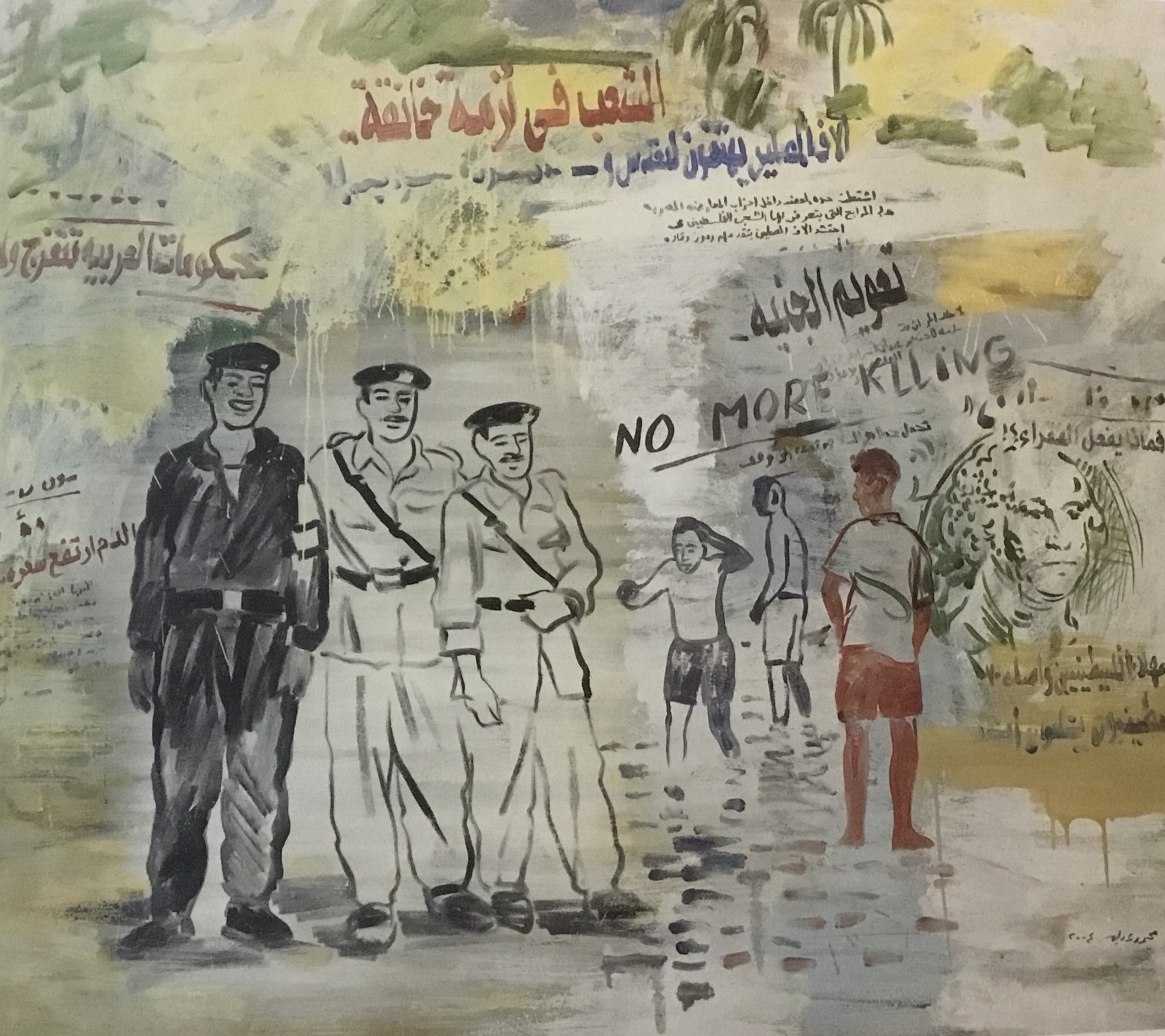
Arabic Letters: the Sacred Alphabet
Arab citizens are living in their alphabet letters; the street names and signs, the shop banners and café’s panels, the schools and factories, the back of their cars decorated with different proverbs, and the front of their uniforms. This could be the same for all nations, but when it comes to Arabic letters it is considered a sacred alphabet as they are the letters of their Holy Book, the Quran.
But the religious text gave a strength to letters, and here comes the role of art to be inspired and be aspiring the spirit of the Holy book by generating motifs, paintings and designs from letters, especially when Islamic figures did not welcome painting faces and bodies, so the Muslim artists found alphabet letters a good way to express their talents and thoughts of life and the whole universe.
It is good to mention that Arabic letters used to express languages even beyond Arabic. In China, the north western ethnic group of Uighurs, who are characterized by a mixture of European and East Asian characteristics, are using Arabic-derived letters. Urdu in Pakistan and India, Persian in Iran are all using Arabic letters. The same was done in old Turkish before changing their alphabet letters, as many Middle Asian republics did; like Uzbekistan, and even Tatarstan in the Russian Federation. Still, their heritage is written in the common Arabic letters with different languages.
In these published examples, we will find out how Arab and world artists treated the Arabic letters to personify their characters.
We must mention, as well, that there is a mutual relationship between poetry and calligraphy, and this is the reason that verse helped a lot in the progress process of Arabic Alphabet letters:
Mouneer al-Shaarani, a Syrian artist living in Cairo, is well known for using black and red letters to draw his proverbs. In this square like artwork he painted: with gouache and ink on paper, 1993, “By their fruits you shall know them”.
Artist Hassan Massoufy, Iraq/France shows the possibilities of Arabic calligraphy to dance like a woman and sprea as the desert sands do. The sentence means “Be Free, and you will be free”. We could Imagine the Arab spring millions going out the streets with a leader raising a slogan, and the peoples repeat it, as the artwork shows that the background is a repetition of the high phrase.
In this untitled artwork, artist Hassan Massoufy, 2005, presents a gesture from one man to another. The solid letter in Kufi style expresses the strength with the heavy strokes of the black ink, It means a man or a person and reads Insan, with a face behind the mask of letters.
Art work by Ahmed Mustafa, the attributes of devine perfection, 1987, combining mixed styles of calligraphy, with a verse from the Holy Quran: May His glory be magnified” referring to the 99 good names of the God.
In this Porcelain dish by Wasma’a Charbachi, Iraq / USA, 1993, scribed SHAHADA, the Islamic profession of faith: “There is no God but Allah. Muhammed is the Prophet of the God”.
Dia al-Azzawi, Iraq/ UK, is one of the pioneering artists to use alphabet in all materials, beside calligraphy, this is one of his sculptures; Oriental scene, 1989, one of a series of works al-Azzawi dedicating his career for, transforming the narrow lanes of his beloved city Baghdad to be resembled in artwork made of Arabic colored letters.
Expressing his dissatisfaction with the present, the Iranian artist Parvis Tanavoli, 2006, puts the word Heech in a cage, it means nothing is captured.
A way of using letters is bringing real documents to paintings and photography. This untitled artwork, 1999, by Nasser Palangi, Iran / Australia, is a snapshot of Iranian history, in a collage of old photos of the Qagar era of Iran (1779 – 1925), printed twice, which include property deeds. These are stamped with the seals of officials and serve to authenticate the documents. More seals are deeds across the document.
Egyptian artist Chant Avedissian is keen in portraying the icons of modern history in his mixed letters and faces paintings. Here is her vision of the world famous Arab singer Umm Kulthum’s greatest hits, captured in nostalgic colors.
“No more killing”, by Mohammed Abla, 2004, borrowing the newspaper headlines style to express the social problems people suffer, while policemen smile, representing the governmental attitudes towards such problems.



